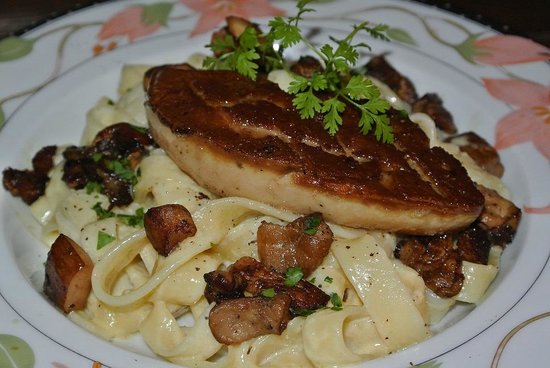Gard
WELCOME TO Gard
Entry Into Department
Nîmes
5,853 km2
748,000
French
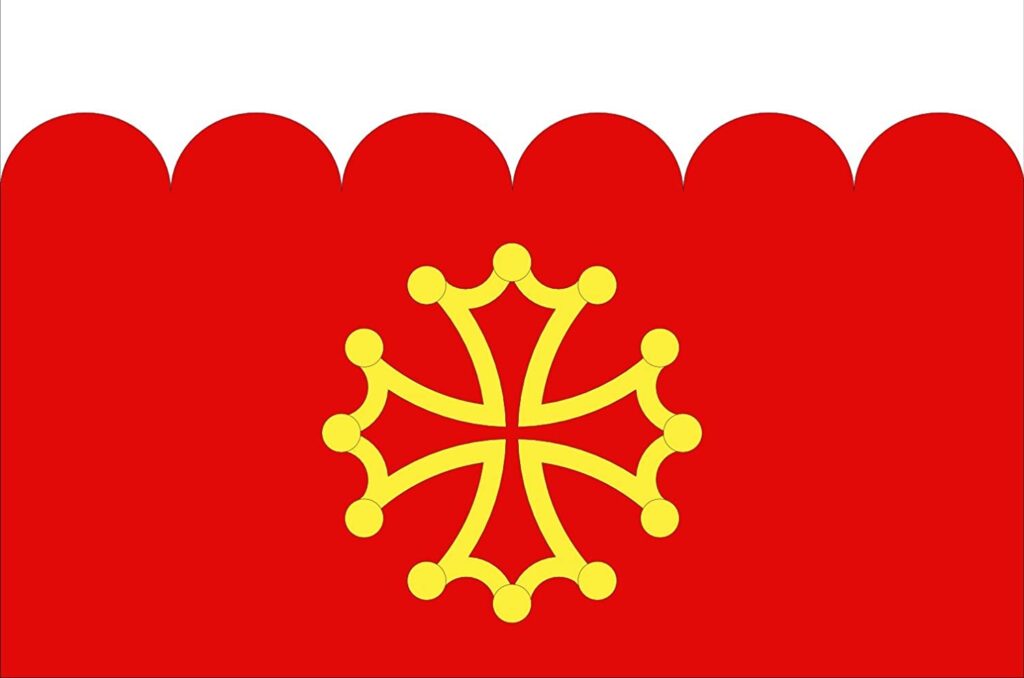
Popular
Geography and Tourist Attractions
Information about the canton's tourist attractions, including popular destinations, events, and activities.
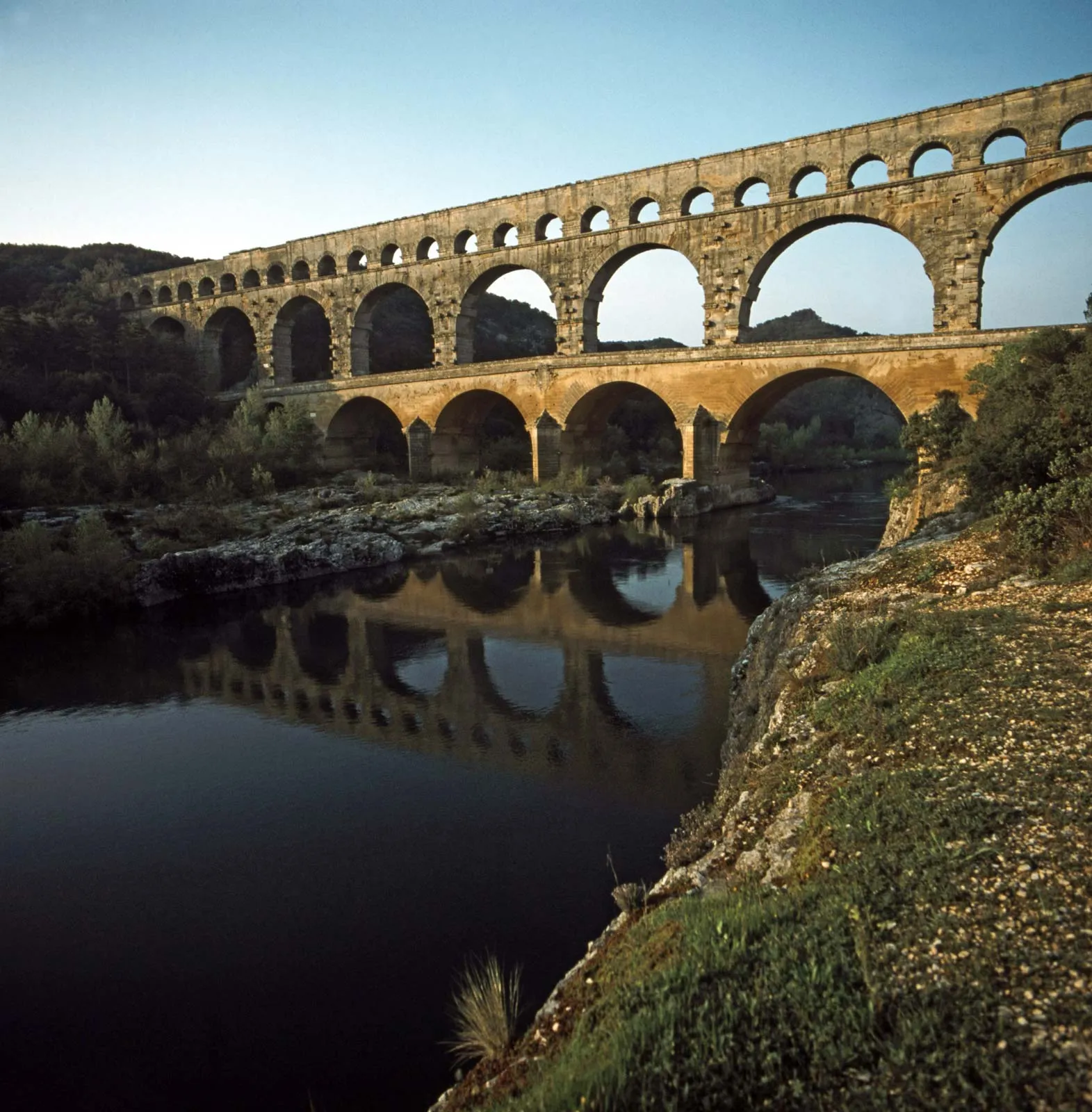
Pont du Gard
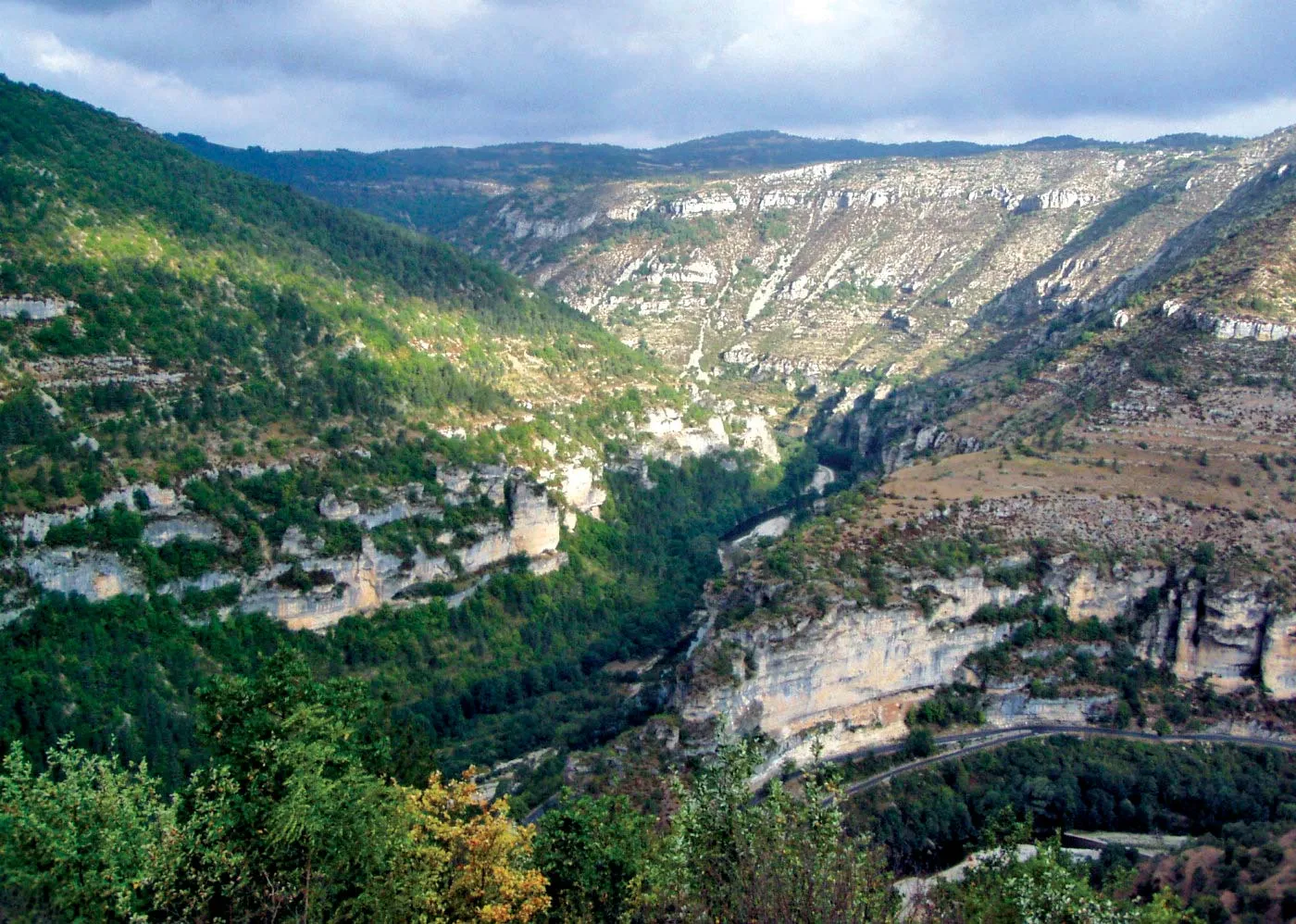
Cévennes National Park
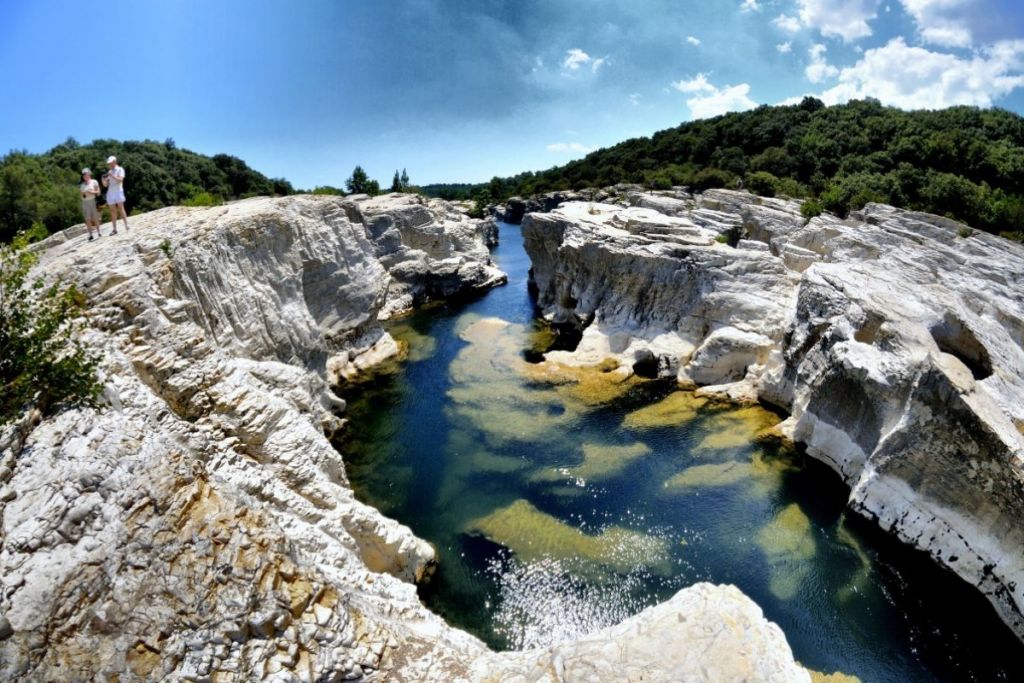
Gorges du Gardon
Political
Economy and Government
Gard is a department in the Occitanie region of France, located in the south of the country. The economy of Gard is diverse, with a mix of agricultural, industrial, and service sectors. Agriculture is a significant contributor to the local economy, with vineyards, fruit orchards, and vegetable farms being the primary crops. The department is also home to a number of manufacturing and industrial firms, including aeronautics, electronics, and food processing.
The government of Gard is overseen by the Prefect, who is appointed by the President of France. The Prefect represents the national government and is responsible for implementing national policies and laws. The department also has a locally elected council, the Conseil Départemental, which is responsible for local governance and development. The council is led by the President of the Conseil Départemental, who is elected by its members.
In recent years, Gard has faced economic and social challenges, including high unemployment rates and demographic changes. The local government has been implementing policies to address these issues, including supporting small and medium-sized enterprises, promoting tourism, and investing in infrastructure projects. The government has also been working to improve access to education and healthcare, as well as to address issues related to social welfare and housing.
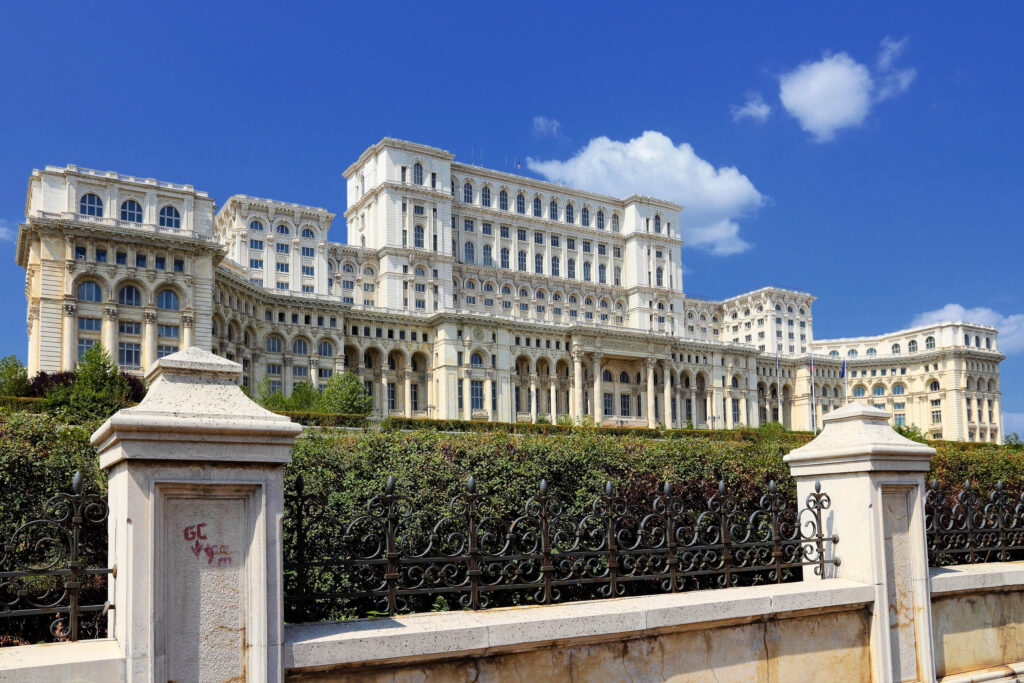
History
History and Culture
Gard is a department located in the Occitanie region of southern France, bordering the Mediterranean Sea to the south and the Cévennes mountains to the north. The region has a rich and varied history, with evidence of human habitation dating back to prehistoric times. In ancient times, the area was settled by the Romans and played an important role in their empire, as evidenced by the Pont du Gard, the Maison Carrée, and other well-preserved Roman ruins in the region.
Over the centuries, Gard has been shaped by a variety of cultures, including the Visigoths, the Moors, and the Franks. The region has also been a center of Protestantism, particularly in the Cévennes mountains, where the Camisards fought for their religious freedom in the 18th century.
Today, the culture of Gard is influenced by its rich history and natural beauty, as well as its diverse population. The region is known for its gastronomy, including local specialties such as brandade de morue (salt cod and potato puree) and pélardon (a type of goat cheese). It's also famous for its wine, particularly in the areas of Costières de Nîmes and Coteaux du Languedoc. The region has a strong tradition of bullfighting, with many towns hosting bullfights and other related events throughout the year.
In terms of cultural attractions, Gard has many museums, art galleries, and theaters, as well as numerous festivals and events celebrating music, dance, and other forms of art. The region is also home to many historic sites and monuments, including the Fort Saint-André, the Château de Tarascon, and the Palais des Papes in nearby Avignon.
HOTELS

La Maison d'Ulysse
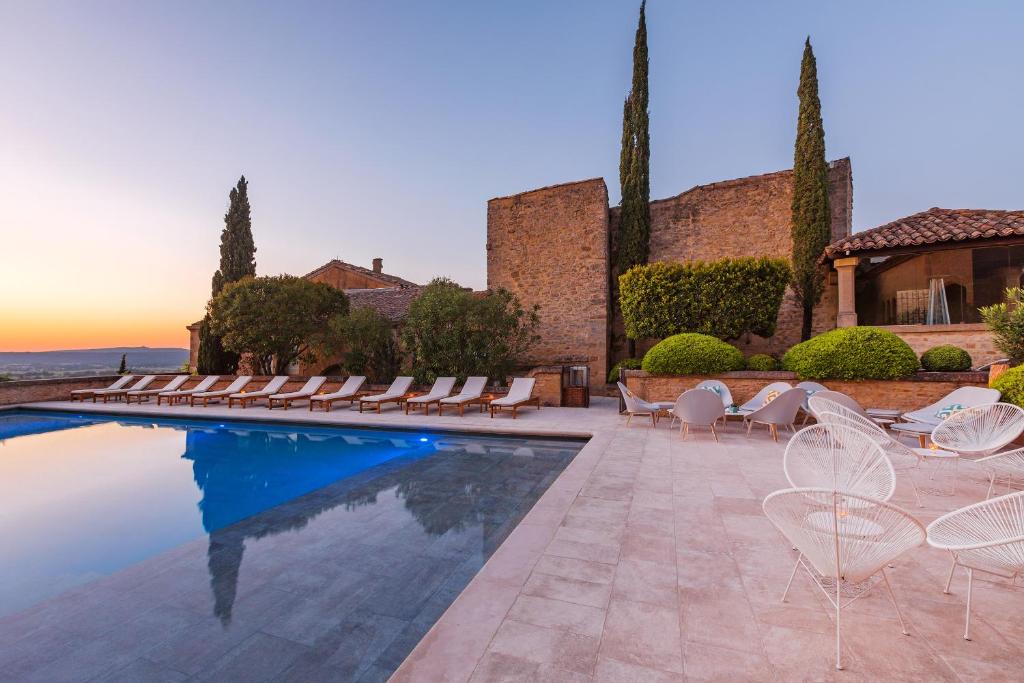
Le Vieux Castillon
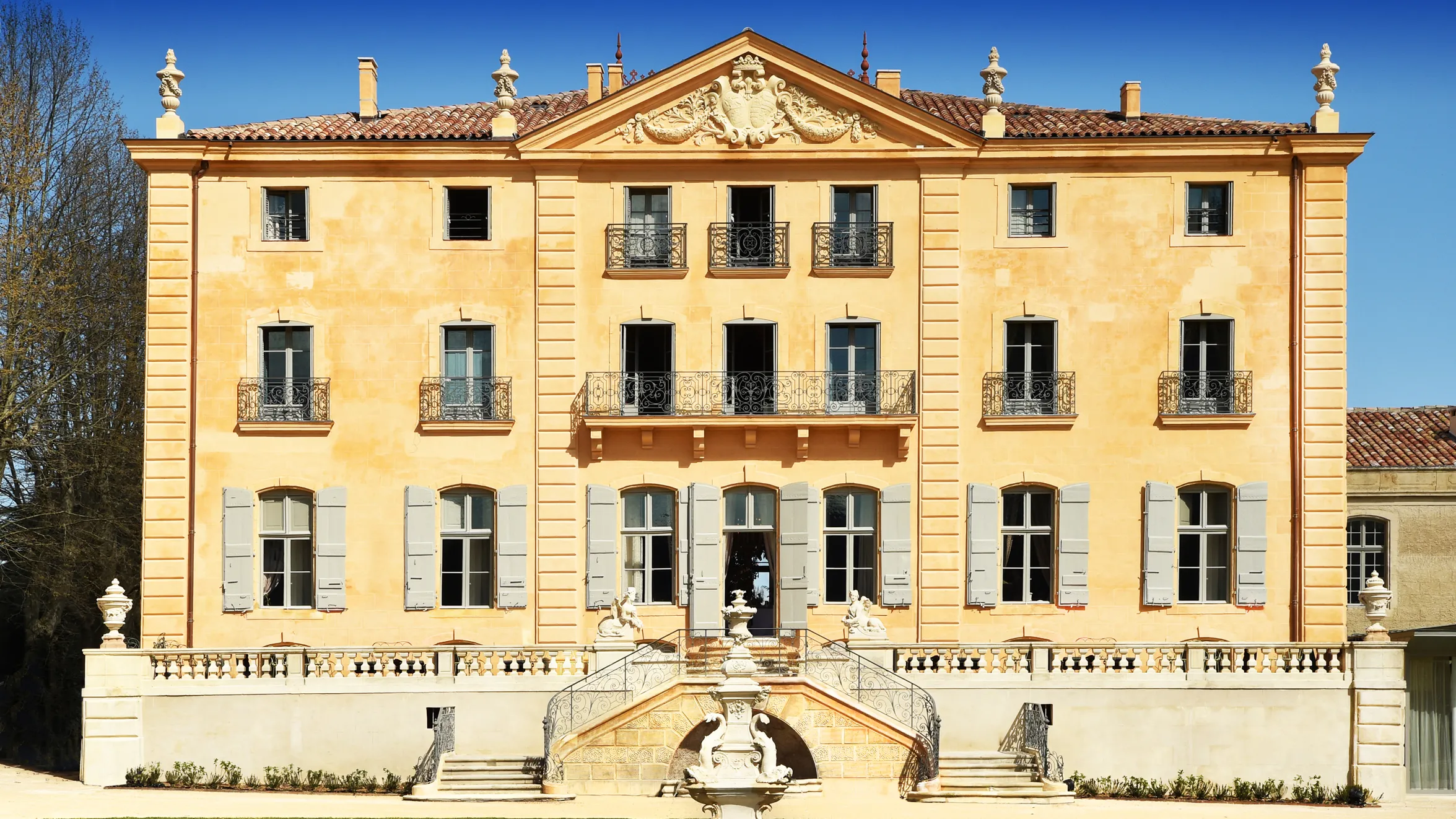
Château de Fonscolombe
RESTAURANTS
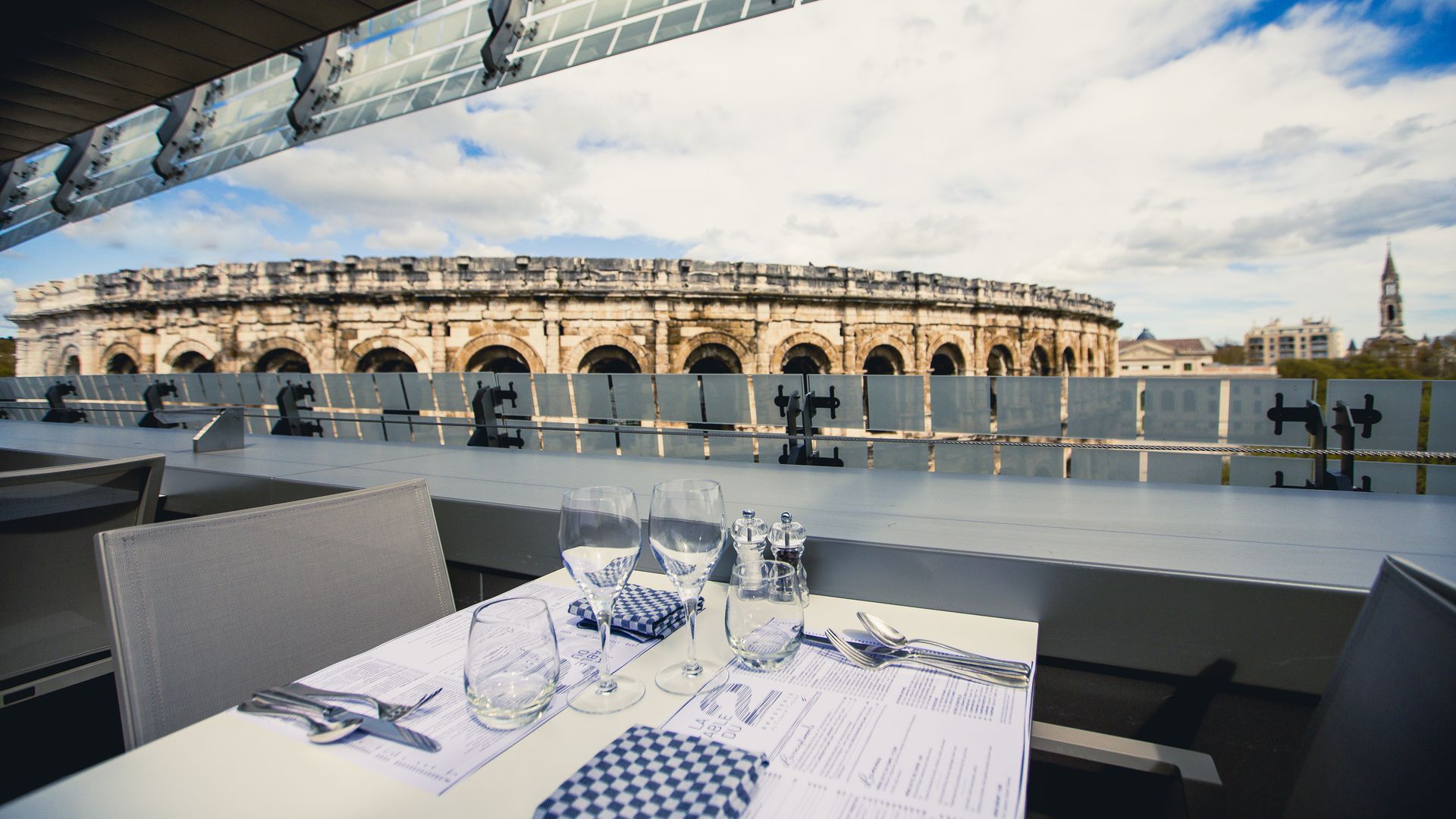
La Table du 2
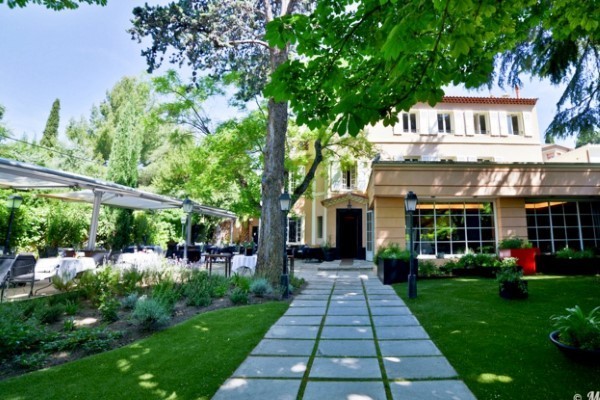
Le Clos de la Violette
